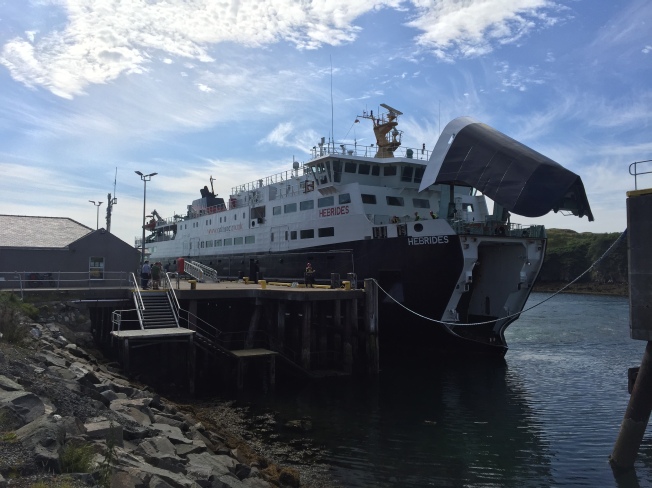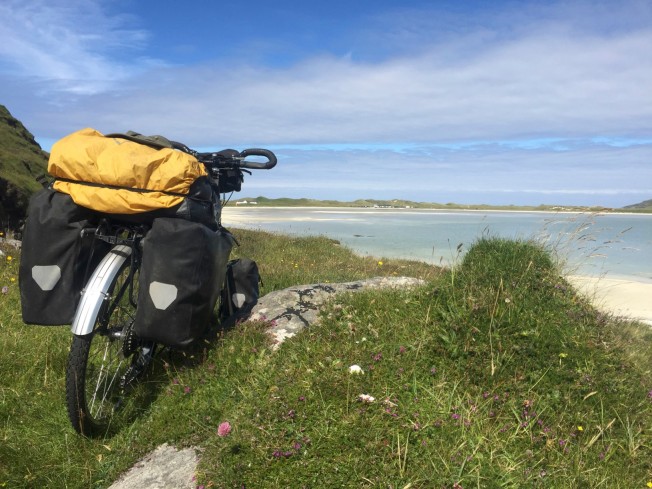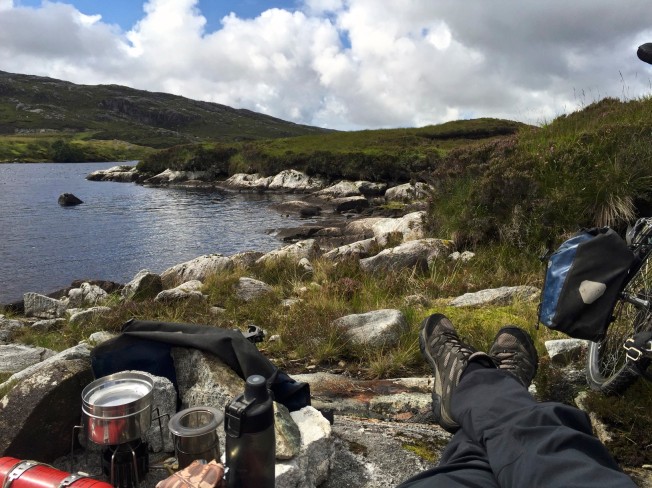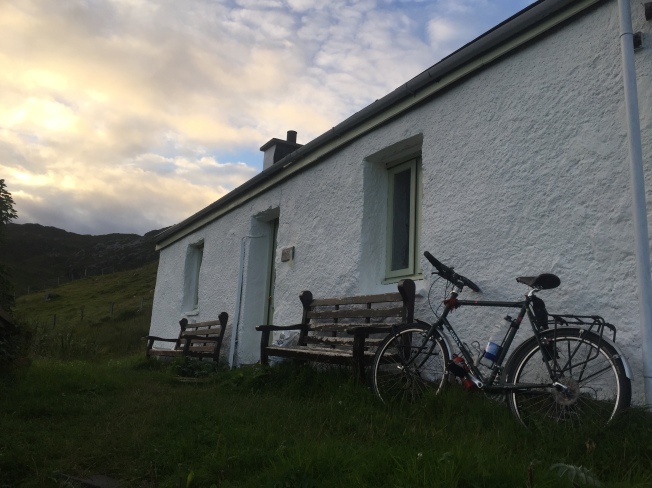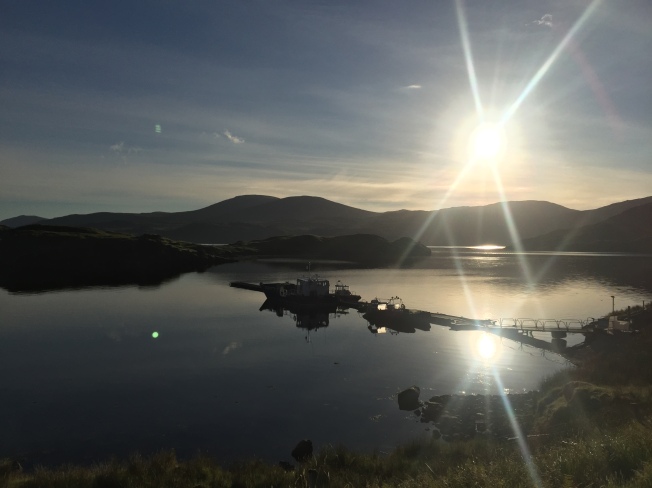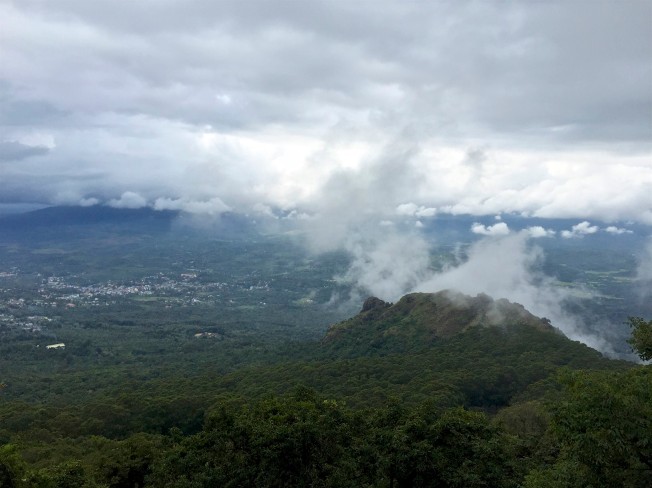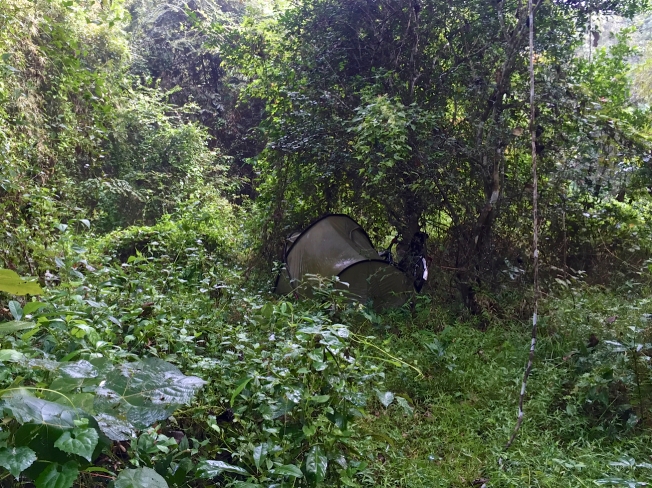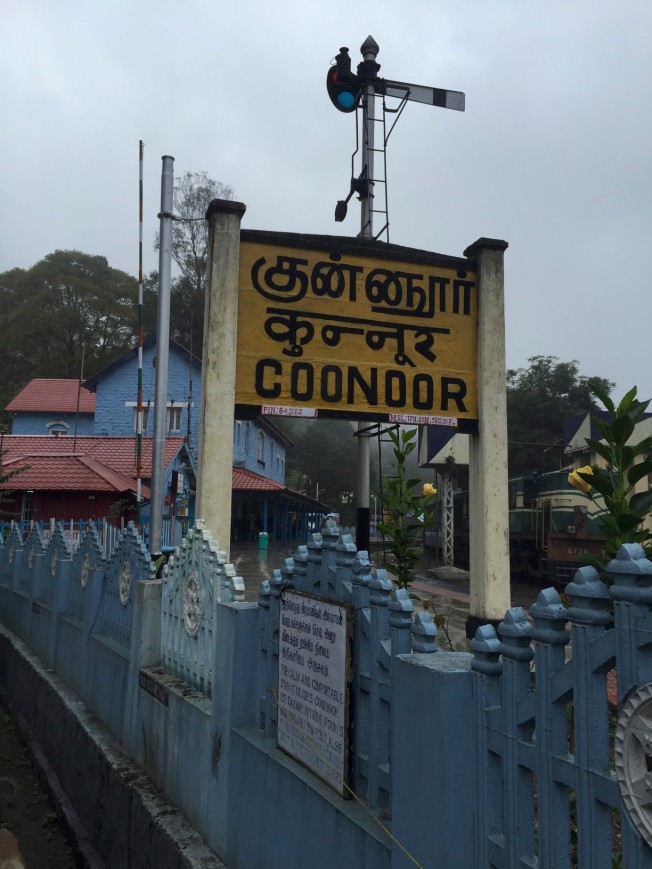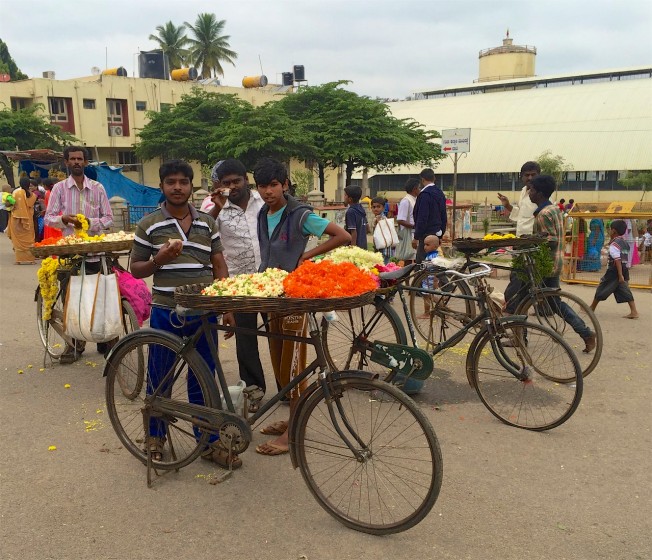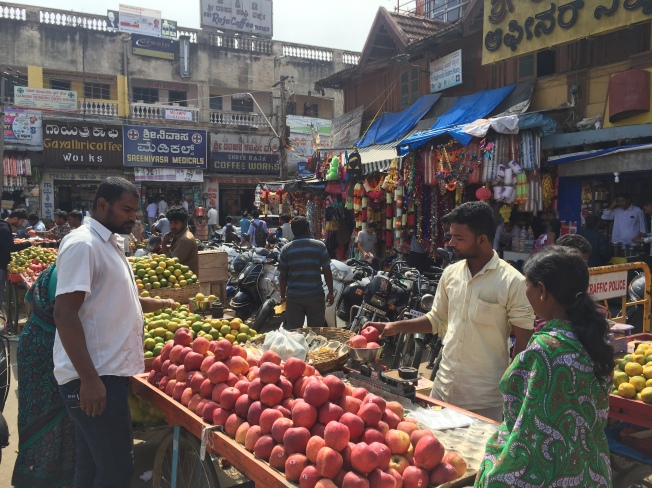
Naribang – Mid Western Nepal
The big plan for my bike ride this year was to cycle from Thailand to the Spiti Valley in North India via Myanmar, the North Eastern Region of India and Nepal. It didn’t quite work out that way. But it wasn’t so far off course from what happened. I was pleasantly surprised how it all fell into place.
Cycling Myanmar (Burma) was a high priority. Having already sampled the country in 2015, and visited as far North and East (to Bhamo and Keng Tung) as permitted, I was more than keen to return. I had quickly grown to love the people and culture. It is a wonderful and exciting place which offers an experience closer to India than SE Asia.
The idea was to cycle from Bangkok to Kathmandu possibly via South Western Myanmar’s Chin State. However the Western border crossing from Myanmar at Tamu to Moreh, Manipur, remained closed to foreigners. Civil unrest in Rakhine state compounded by government military action (and consequent United Nations interest in potential human rights abuses) closed much of Western Myanmar to foreign visitors. I watched developments carefully but, and despite a few travellers crossing into Myanmar from India, little changed. It appeared to be a dead end. I considered the possibility of flying out of Yangon to Calcutta or Dhaka in Bangladesh. However neither options appealed. It would be too much of a sacrifice to make and would, given the huge compromises involved, have become a pointless undertaking. By coincidence several friends were possibly meeting up in Cambodia close to Phnom Penh. I had never reached the Cambodian capital despite having explored Angkor and Siem Reap. The Southern Cardamon hills were definitely on my ‘to do’ list. But it wasn’t to be. The potential arrangements of flying to Phnom Penh and cycling back to Bangkok along the crowded Thai coastline didn’t appeal despite the allure of the relatively quiet Cambodian stretches of coastline. My eldest son gave me the lowdown on Phnom Penh. It didn’t sound great either. Watch your belongings people! The meeting with friends was not happening either. Trying to dial in flights was becoming frustrating. Both Myanmar and Cambodia were off the menu.
Plan ‘C’ was to fly to Luang Prabang in Laos via Bangkok. It was certainly unfinished business: I had intended to visit Luang Prabang via Vientiane when in Laos in 2015. Instead I had done the Thakheck ‘loop’ and cycled South to the Bolaven plateau before returning to Vietnam. This was finally my opportunity to visit the temple town of Luang Prabang.
From there I was to cycle back to Bangkok via the Mekong river, Vientiane and some of Thailand’s National Parks. Bangkok Airways also had a ‘bicycles fly free’ promotion. That certainly helped settle things. Here we go!
Increasingly my earlier plan to explore India’s North Eastern states fell away to nothing. I also had my eyes firmly set on the Kingdom of Bhutan. But, and despite making inquiries and provisional arrangements with a tour company in Thimphu (they even reserved flights), that just didn’t work in either. Bhutan has a huge appeal as one of the ‘happiest’ places in the world. But also, in a similar manner to Mustang, Nepal, costs the earth to visit. As an independent cyclist keen on doing my own thing on a shoestring budget I remain out in the cold as far as visiting Bhutan is concerned. I just could not justify the visit and a package tour is out of the question. Arunachal Pradesh to the East is an interesting and maybe more accessible place to visit. A protected area permit for Arunachal Pradesh (minimum two persons) is valid for 30 days from entry. An American friend in New York suggested we could meet up. Together, it was suggested, we could cycle on some quite spectacular roads into the Himalayan mountains deep in Arunachal Pradesh. However, and when push came to shove, the timing wasn’t there. In fact I am not sure he had even left New York for his own trip some six months later..
My focus moved to Nepal as the next piece of the puzzle. Last year I completed the Annapurna trekking circuit. I cannot say just how blown away I was by that experience. On the back of that I researched the possibility of doing the Everest Base Camp trek. It is entirely possible to independently do a wide loop that includes the Cho La and Gokyo lakes. No permits are required. I downloaded all the relevant maps and did all the necessary groundwork. However, and encouraged by glowing reports, I settled on the Tsum Valley and Manaslu Circuit trek. Although this usually requires a minimum of two persons and guide I was able to find a tour company based in Kathmandu that would make the arrangements for me and provide a guide. Although expensive in comparison to my normal ‘cheapskate’ travelling costs it was to be an awful lot less than if I had used one of the popular UK based trekking companies.
My itinerary was taking shape; a month in Laos and Thailand followed by three weeks trekking in central Nepal before getting back on the bike. I knew that I wanted to end my trip back in Ladakh and ‘do’ the fabled Spiti Valley. Having already crossed Nepal via the East -West highway (Mahendranagar, Bhutwal, Tansen, Pokhara, Kathmandu) during 2013 I thought this time to travel West in the opposite direction via Nepal’s ‘Mid-Hills’ from Pokhara to Baglung and Dadeldhura. I created a route which would follow, in many respects, the anticipated path of the proposed Mid-Hills Highway. It was to prove a difficult task to complete as much of the ‘highway’ that currently exists is in the very early stages of construction. However the route was there in some form or another.
The next section, once in India, was to skirt West across the Himalayan foothills via Rishikesh and Dehradun in Uttarakhand. This would ultimately bring me to Rekong Peo and the ‘inner line’ area that borders China. This, in turn, leads to the Spiti Valley and Lahaul in Himachal Pradash. I would then be back in familiar territory having cycled the Leh-Manali highway in 2013.
Leh was to be my final destination this year. Once there I hoped to attend a monastery festival, trek to over 6000m (Stok Kangra) and explore much more of Ladakh. All this was dependant on the time available before finally flying home via Delhi. I really wasn’t confident of achieving all this and, as on previous big trips, half expected it all to change once there.
It seemed like a tall order. Somewhat complex too with multiple flights and timing.
I was to get my visa for Nepal on arrival at Tribhuvan airport and a six month visa for India from their embassy in Kathmandu.
What could go wrong?
Last year I may easily, without timely intervention, have frozen to death in a blizzard that hit me crossing the high altitude plateau of the GBAO in Eastern Tajikistan. Earlier in the trip I had been detained, interrogated and threatened with deportation having accidentally stumbled into a Tajik military camp in Khorog close to the Afghan border. But, and despite such excitement, it all worked out just fine.
During this years trip I did suffer from a persistent gastro intestinal infection. This, combined with poor nutrition and high workload, reduced me to a low body weight.
I also suffered from a knee injury that dogged me during my trek. But maybe the most significant event was when my fully loaded bike fell into a river ravine. I watched it disappear from view and swore out loud. I considered, at that particular moment, all to be lost. However and in a slightly precarious manner I was able to retrieve nearly everything and continue into Ladakh. The Zanskar valley was incredible.
It was certainly the toughest and most spectacular trip that I have undertaken so far.
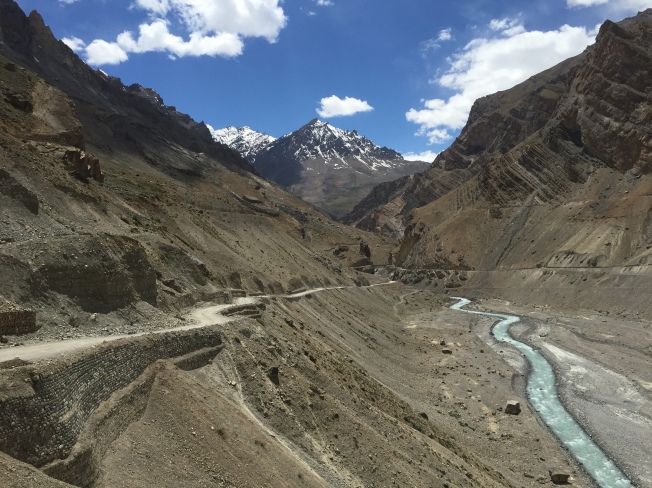
Spiti Valley



